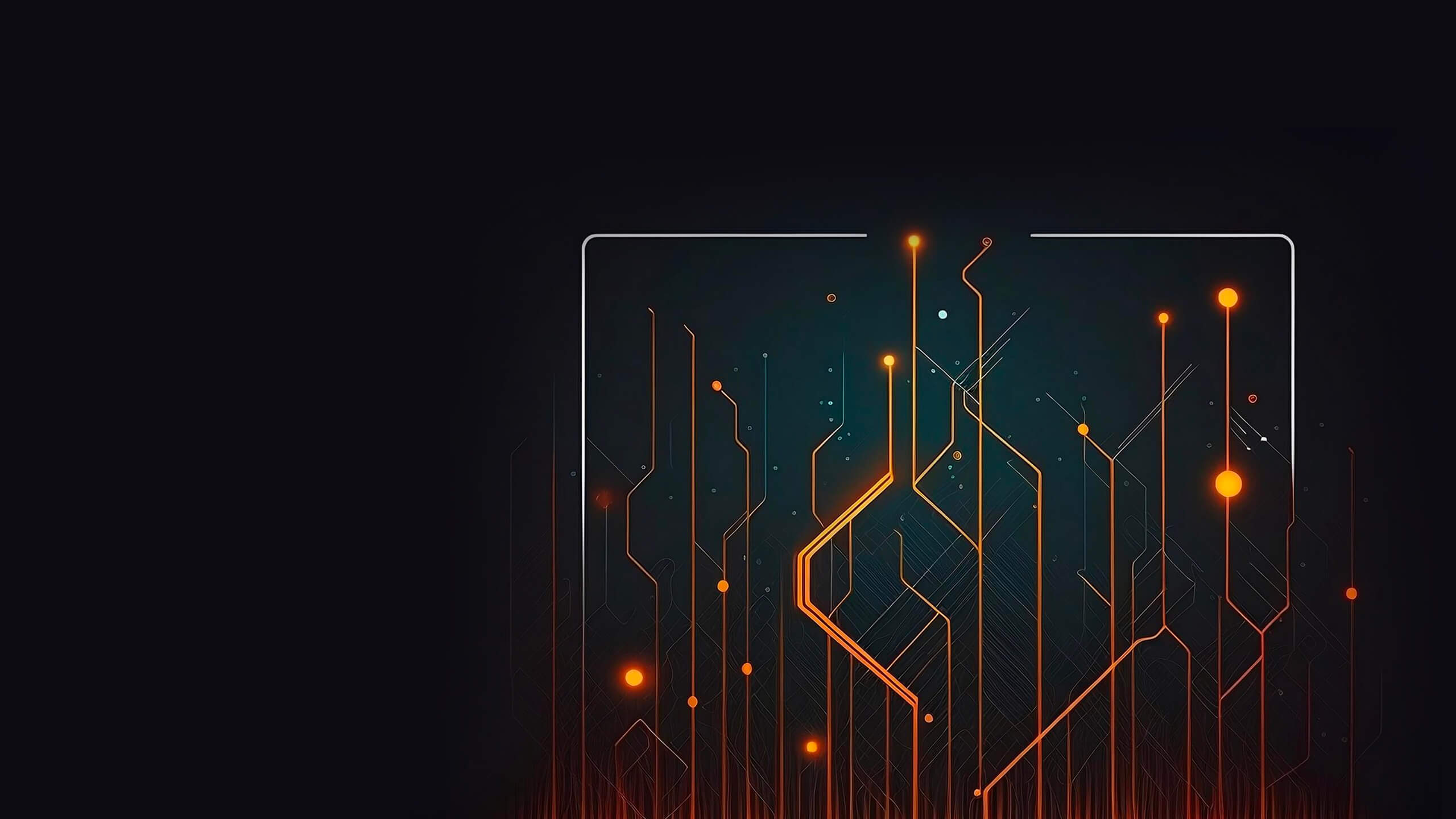Printed Circuit Boards (PCBs) are the backbone of modern electronics, providing the foundation for the electronic circuitry that powers everything from smartphones to industrial machinery. As technology advances, PCB design continues to evolve, addressing new challenges and integrating innovative solutions. This blog explores the historical perspective, recent advancements, and future trends in PCB design.
Historical Perspective on PCB Design
The journey of PCB design began in the early 20th century. The first PCBs were simple and primarily used for basic circuit connections. In the 1950s and 1960s, advancements in materials and manufacturing techniques led to more complex designs, paving the way for the miniaturized and highly efficient PCBs we see today.
Advances in PCB Materials
The materials used in PCB fabrication have significantly evolved. Traditional PCBs were made from phenolic resin and copper foil, which were sufficient for basic electronic devices. However, the increasing demand for high-performance, flexible, and durable electronics led to the development of advanced materials.
Flexible PCBs, made from polyimide or polyester films, allow for the creation of bendable circuits that can fit into compact spaces. High-Density Interconnect (HDI) PCBs, which use materials like FR4 and advanced laminates, enable higher circuit densities and better performance. These advancements have opened new possibilities in industries such as aerospace, medical devices, and consumer electronics.
The Role of CAD Tools in PCB Design
Computer-Aided Design (CAD) tools have revolutionized PCB design, offering unprecedented precision and efficiency. Early PCB designs were drawn by hand, a time-consuming and error-prone process. Modern CAD software automates many aspects of PCB design, from schematic capture to layout and routing.
Popular CAD tools like Altium Designer, Eagle, and KiCad provide powerful features such as real-time design rule checking, 3D visualization, and component libraries. These tools streamline the design process, reduce errors, and allow designers to create complex PCBs with greater ease.
Miniaturization and High-Density Interconnect (HDI) Technology
The trend towards miniaturization is a significant driver of innovation in PCB design. As electronic devices become smaller and more powerful, PCBs must accommodate more components within limited spaces. HDI technology addresses this challenge by enabling higher circuit densities through microvias, blind and buried vias, and finer trace widths.
HDI PCBs offer improved electrical performance and reliability, making them ideal for applications requiring high-speed signal transmission and compact form factors. However, designing HDI PCBs also presents challenges such as maintaining signal integrity and managing manufacturing complexities.
Signal Integrity and Power Integrity
Maintaining signal integrity and power integrity is crucial in modern PCB designs, especially for high-speed and high-frequency applications. Signal integrity issues, such as crosstalk, reflection, and electromagnetic interference (EMI), can degrade the performance of electronic circuits.
Designers use various techniques to ensure signal and power integrity, including controlled impedance routing, differential pair routing, and proper grounding. Advanced simulation tools help identify potential issues early in the design process, allowing for corrective measures before fabrication.
Thermal Management in PCB Design
Effective thermal management is essential to prevent overheating and ensure the longevity of electronic components. As power densities increase, efficient heat dissipation becomes more critical. Techniques such as thermal vias, heat sinks, and thermal pads are commonly used to manage heat.
Innovations in thermal management materials, like metal core PCBs and thermally conductive adhesives, provide additional options for designers. Thermal analysis tools enable accurate prediction of temperature distribution, helping to optimize designs for better thermal performance.
Design for Manufacturing (DFM) and Assembly (DFA)
Design for Manufacturing (DFM) and Design for Assembly (DFA) are crucial considerations in PCB design. Ensuring that a PCB design is manufacturable and easy to assemble can significantly reduce production costs and time-to-market.
DFM involves optimizing the PCB layout to avoid issues during fabrication, such as insufficient clearances and non-standard hole sizes. DFA focuses on designing PCBs that are easy to assemble, minimizing the risk of errors and improving assembly efficiency. Early integration of DFM and DFA principles into the design process enhances overall product quality and manufacturability.
The Impact of IoT on PCB Design
The rise of the Internet of Things (IoT) is significantly influencing PCB design. IoT devices require compact, low-power, and highly reliable PCBs to support various sensors, connectivity modules, and processing units. Designers must consider factors like wireless communication, power management, and security to meet the unique requirements of IoT applications.
Future Trends in PCB Design
The future of PCB design is exciting, with emerging technologies promising to further transform the industry. 3D printing of PCBs, for instance, offers the potential for rapid prototyping and customized designs. Artificial Intelligence (AI) is also making inroads, with AI-powered design tools that can optimize layouts, predict failures, and automate repetitive tasks.
Flexible and stretchable electronics are another promising area, enabling new applications in wearable technology and medical devices. As these technologies mature, they will bring new challenges and opportunities for PCB designers.
Conclusion
PCB design is a dynamic field that continues to evolve in response to technological advancements and market demands. By understanding the historical context, leveraging modern tools and techniques, and staying abreast of future trends, designers can create innovative and reliable PCBs that power the next generation of electronic devices. The journey of PCB design is far from over, promising exciting developments and endless possibilities for the future.

